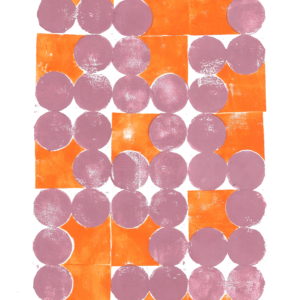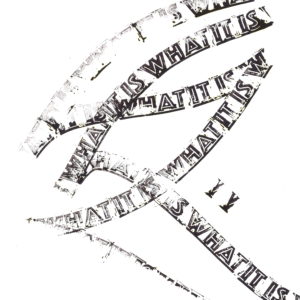Description
Frida Kahlo Postcard
Gouache and linoprint on paper.
Format A6, 250g/m2.
Open edition, signed and numbered.
Carved and printed by hand with love and respect.
Frida Kahlo (1907-1954) was a Mexican painter renowned for her deeply personal and symbolic self-portraits, which explore themes of identity, suffering, and the human body. Born Magdalena Carmen Frieda Kahlo y Calderón in Coyoacán, Mexico City, she lived a life marked by physical and emotional pain, which profoundly influenced her art.
Kahlo’s early life was shaped by a series of traumatic events. At the age of six, she contracted polio, which left her with a limp. Later, at eighteen, she was involved in a catastrophic bus accident that resulted in severe injuries, including a broken spinal column, collarbone, ribs, pelvis, and eleven fractures in her right leg. These injuries caused her lifelong pain and medical complications, confining her to bed for extended periods.
During her recovery, Kahlo began painting to pass the time. She used a special easel that allowed her to paint while lying down and a mirror above her bed to create self-portraits. These early works were characterized by their intense, introspective quality, often depicting her physical and emotional suffering. Her painting « The Broken Column » (1944) vividly illustrates her pain, showing her body split open with a crumbling column in place of her spine.
Kahlo’s art was heavily influenced by Mexican culture and folk art, incorporating bright colors, surreal elements, and symbols that reflected her heritage and personal experiences. She often depicted herself in traditional Mexican attire, surrounded by native plants, animals, and indigenous motifs. This connection to her roots was also a form of political expression, as Kahlo and her husband, the famous muralist Diego Rivera, were both ardent supporters of Mexican nationalism and communism.
Her relationship with Rivera was tumultuous but deeply influential. They married in 1929 and shared a passionate yet turbulent bond, marked by infidelities on both sides. Rivera was a towering figure in Mexican art, and his support helped Kahlo gain recognition in the art world. Despite their personal struggles, their mutual respect and admiration for each other’s work were evident.
Kahlo’s unique style and subject matter set her apart from her contemporaries. While Rivera focused on grand murals with political themes, Kahlo’s work was more intimate and personal, delving into her own psyche and body. Her paintings often featured themes of fertility, mortality, and female identity, making her a pioneering figure in feminist art. « Self-Portrait with Thorn Necklace and Hummingbird » (1940) is one of her many works that blend elements of personal symbolism with broader cultural references.
In the 1930s and 1940s, Kahlo’s work began to gain international acclaim. She exhibited her paintings in the United States and Europe, earning praise from notable artists such as André Breton, who described her work as « a ribbon around a bomb. » Despite this recognition, Kahlo remained relatively obscure during her lifetime, overshadowed by Rivera’s fame.
Her health continued to decline in her later years, culminating in the amputation of her right leg due to gangrene. She died on July 13, 1954, at the age of 47, leaving behind a legacy that would grow exponentially in the decades following her death.
Today, Frida Kahlo is celebrated as a cultural icon and a symbol of resilience and self-expression. Her art has gained widespread recognition for its originality, emotional depth, and exploration of identity. Kahlo’s life and work continue to inspire and captivate audiences worldwide, solidifying her place as one of the most influential artists of the 20th century.





Avis
Il n’y a pas encore d’avis.